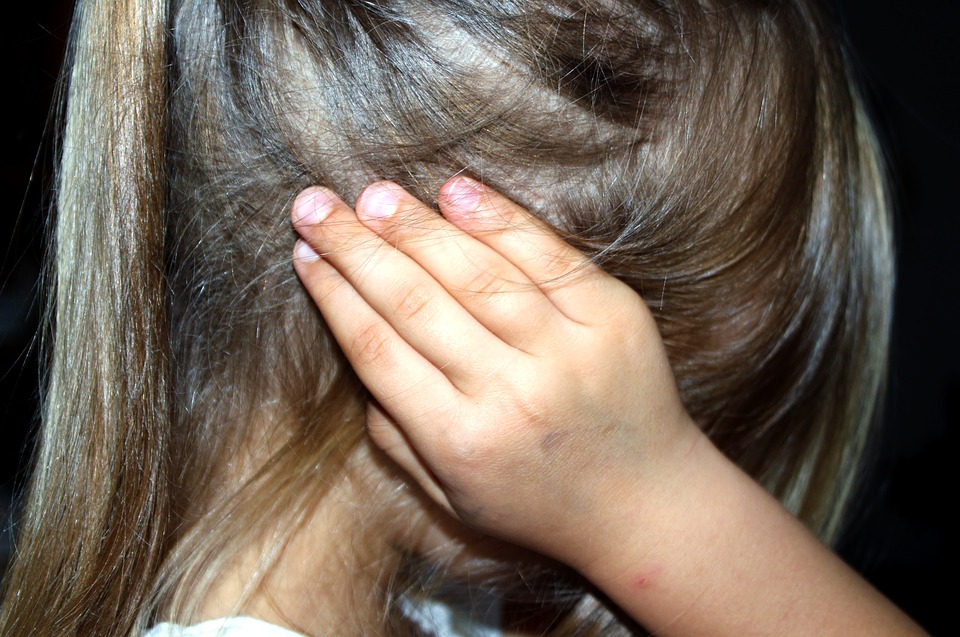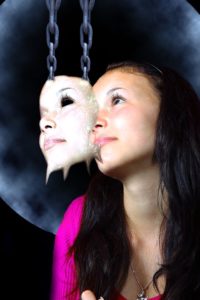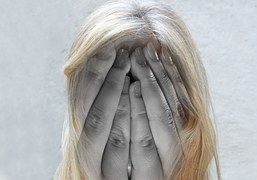
Bipolar disorder can be defined as a mental illness that is characterized by extreme mood shifts that range from mania to depression. It is also known as manic depression or bipolar disease. Usually, individuals suffering from bipolar disorder have difficulty in maintaining relationships, managing everyday life tasks at work or school. Unfortunately, it has no cure, but there are effective treatments available that can assist to manage its symptoms.
Types of Bipolar
Bipolar 1 – It is defined by the appearance of at least a single manic episode. The individual might experience significant depressive or hypo-manic episodes prior or after the manic episode.
significant depressive or hypo-manic episodes prior or after the manic episode.
Bipolar 2 – It is defined by the individual experiencing a single major depressive episode which will last for a minimum period of a fortnight. People with this type of bipolar disorder will have at least a single hypo-manic episode that persists for four days.
Cyclothymia – This is defined by the individual having both episodes of depression and hypo-mania. It has less severe and shorter symptoms compared to major depressive and manic episodes. However, these symptoms frequently fluctuate. A majority of individuals experience 1-2 months at a time where they have stable moods.
Rapid-cycling bipolar disorder – This type stimulates sudden changes in mood than any other type of bipolar disorder. An individual who suffers from rapid-cycling bipolar disorder might have 4 or oven more episodes of mania, major depression, mixed symptoms and hypo-mania. All this can transpire within a year.
How You Can Treat It
Some treatments are available in the market for the efficient management of bipolar disorder. They mainly include counselling, lifestyle changes, and medication. Some recommended medications can help manage the disease; these consist of the following:
i. Benzodiazepines. It is a type of medicine that is used in the management of anxiety. However, it may be used periodically by bipolar disorder patients. A good example is Xanax.
ii. Antipsychotics. A good example is olanzapine or Zyprexa.
iii. Mood stabilizers. A good illustration of this is Lithobid or lithium.
iv. Antidepressant-antipsychotics. A god example of this medication is Symbax or fluoxetine-olanzapine.
Some recommended psychotherapy treatments can help manage the disease, these consist of the following:
 i. Cognitive behavioural therapy.
i. Cognitive behavioural therapy.
ii. Psycho education.
iii. Interpersonal and social rhythm therapy.
Some recommended lifestyle change treatments can help manage the disease; these consist of the following:
i. Talking to a licensed healthcare provider or doctor
ii. Learning how to recognize mood swing.
iii. Requesting a relative or friend to support treatment plans.
iv. Maintaining a routine for sleeping and eating.
